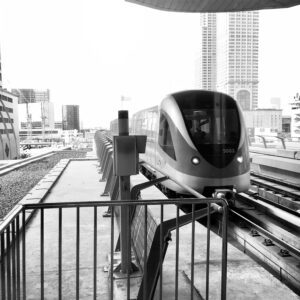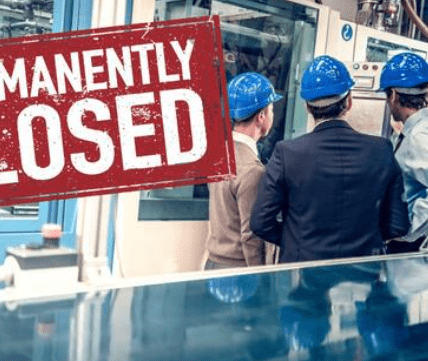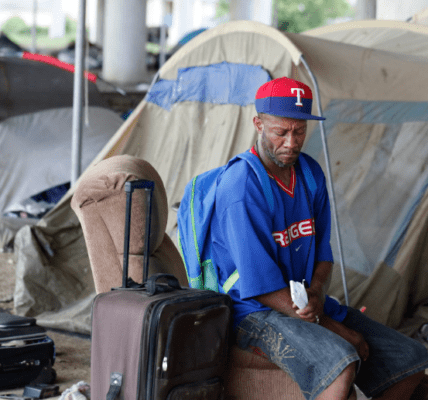
A $3.1-billion grant for bullet train in California
In a surprising twist of holiday generosity, President Biden gifted California Governor Gavin Newsom the much-needed $3.1-billion grant for the state’s ambitious high-speed rail project. This Christmas present, a crucial puzzle piece for the contentious bullet train, marks a significant milestone for a project that has faced consistent criticism and skepticism.
The proposed high-speed rail aims to transport passengers swiftly from Los Angeles to San Francisco in under three hours, reaching speeds of up to 220 mph. While detractors have long derided the project as a costly boondoggle, it seems the train is determined to chug along one way or another, with a hefty $11 billion already invested.
One of the major challenges the project faces is the ballooning cost, currently estimated at a staggering $110 billion. Critics argue that these funds could be redirected to more pressing issues such as homelessness, education, or infrastructure. However, the reality is that the allocated funds, primarily from state bonds and federal grants, are earmarked specifically for high-speed rail and cannot be easily reallocated.
California’s high-speed rail project has often been compared to similar initiatives in Europe and Asia. While these regions heavily subsidize their rail systems, the economic and budgetary constraints of individual U.S. states present a unique challenge. Unlike nations, states cannot print money and must adhere to strict budget-balancing requirements.
The recent grant from President Biden has breathed new life into the project, allowing work to continue on the initial 171-mile segment in the San Joaquin Valley. This injection of funds is crucial for a project that has faced political and financial hurdles, including opposition from figures like former House Speaker Kevin McCarthy.
Supporters argue that the electrified, high-speed rail offers numerous benefits, including reduced travel time, environmental sustainability, and increased passenger capacity. The project, despite its controversies, received support from 56% of registered voters, according to a 2022 poll by the UC Berkeley Institute of Governmental Studies.
However, the challenge remains significant. The total projected cost for just the San Joaquin Valley segment has reached $32 billion, leaving a substantial funding gap. Brian Kelly, the CEO of the California High-Speed Rail Authority, hopes to secure an additional $5 billion from the $1.2-trillion infrastructure package signed by Biden in 2021.
The bullet train project is not without its skeptics, and the partisan divide is evident, with 73% of Democrats supporting its construction compared to 66% of Republicans in opposition. As construction progresses in the San Joaquin Valley, questions linger about the practicality of a high-speed rail connecting Merced to Bakersfield, with critics derisively dubbing it the “train to nowhere.”
Despite the hurdles, proponents envision the eventual extension of the high-speed rail into the San Francisco Bay Area by 2033 and later into Los Angeles and Anaheim. The hope is that connectivity with other rail projects, such as the planned bullet train between Las Vegas and Southern California, will create a more comprehensive and efficient transportation network.
While Governor Newsom celebrates the federal gift as a vote of confidence, the project is far from complete, with additional funding challenges on the horizon. As the state continues its high-stakes gamble on the bullet train, the coming years will reveal whether this ambitious venture becomes a reality or remains a polarizing symbol of California’s grand, yet controversial, ambitions in transportation infrastructure.
Also Read : Merry Christmas Wishes and images for 2023




